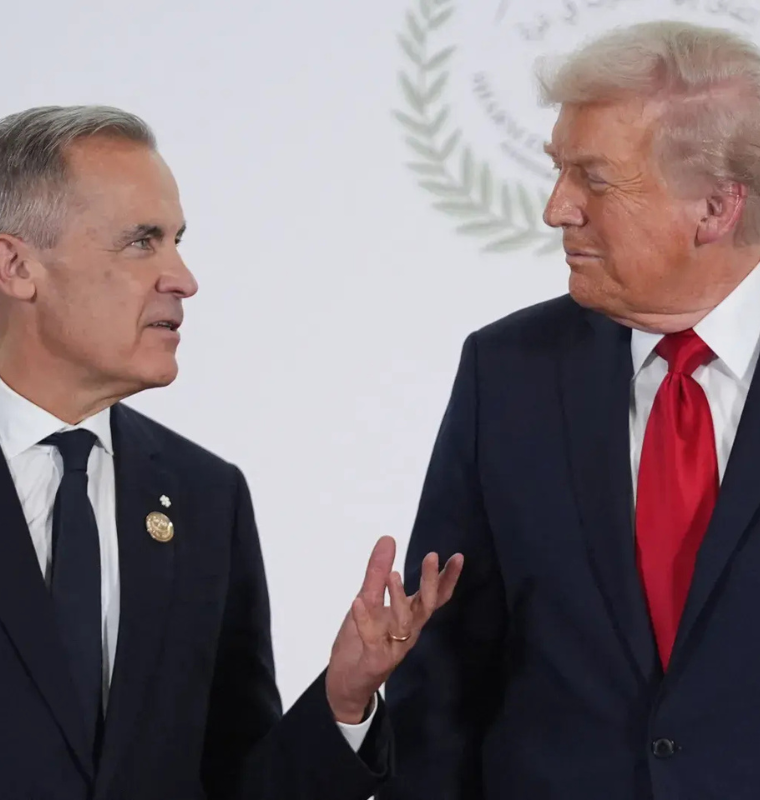China’s Industrial Profits See Sharpest Rise in Nearly Two Years
China’s Industrial Profits See Sharpest Rise in Nearly Two Years
By
Calder Monroe
Last updated:
October 27, 2025
First Published:
October 27, 2025
.jpg)
Photo: Bloomberg.com
China’s industrial sector posted its strongest performance in nearly two years, with profits jumping 21.6% year-on-year in September 2025, according to the National Bureau of Statistics (NBS). The rebound — the biggest since November 2023 — reflects Beijing’s recent efforts to stabilize prices, ease margin pressures on manufacturers, and sustain growth amid slowing global demand.
Sustained Rebound in Profits
The September increase extended a strong momentum from August, when industrial profits rose 20.4% compared to the same month last year. For the first nine months of 2025, total profits at large industrial firms grew 3.2%, accelerating from a modest 0.9% rise during January–August.
This steady improvement highlights a slow but notable recovery in China’s industrial profitability, following a prolonged period of weakness triggered by deflation, sluggish domestic spending, and global trade tensions.
Price Stabilization and Policy Support
Analysts attribute the profit surge largely to government actions aimed at reducing intense price competition across key manufacturing sectors. Over the past year, China’s policymakers have introduced a series of measures designed to stabilize industrial prices, improve liquidity for small and medium enterprises, and encourage innovation in high-value manufacturing.
However, challenges persist. The Producer Price Index (PPI) fell 2.3% in September, marking nearly three years of deflation in factory-gate prices, while consumer prices dropped 0.3%, reflecting ongoing weakness in household demand.
Sector Performance: Winners and Losers
The manufacturing sector led the rebound, with profits rising 9.9% between January and September. Companies in electricity, heat, fuel, and water supply also saw a 10.3% gain in earnings, while the mining industry remained under pressure, posting a 29.3% decline during the same period.
High-tech industries were a standout, with profits surging 26.8% in September, driven by strong global demand for electric vehicles, advanced machinery, and semiconductor components. “High-tech manufacturing continues to be the growth engine for China’s industrial recovery,” said Yu Weining, chief statistician at the NBS.
Ownership Trends and Profit Disparities
Profit performance varied significantly by ownership type. State-owned enterprises (SOEs) saw a slight 0.3% decline in profits, reflecting inefficiencies and weaker investment returns. In contrast, foreign-invested firms, including those from Hong Kong, Macau, and Taiwan, recorded a 4.9% gain, while private firms reported profits up 5.1%.
Economic Context and Global Headwinds
The rebound in industrial profits comes as China’s economy grew 4.8% in the third quarter, the slowest pace in a year, as weak property activity and subdued consumer confidence continued to weigh on growth. Meanwhile, fixed-asset investment slipped 0.5% during the first nine months — the first such contraction since 2020 — signaling a cautious investment environment.
Despite these headwinds, industrial output surprised on the upside, climbing 6.5% year-on-year in September, up from 5.2% in August. Analysts suggest the resilience in industrial production indicates that Beijing’s growth target of around 5% for 2025 remains within reach, albeit narrowly.
Trade and Export Outlook
Exports have remained relatively firm throughout the year, though economists warn of a slowdown in the final quarter. According to Nomura, export growth could decelerate after rising 6.6% in Q3, due to a high comparison base and growing trade restrictions from Western economies.
The ongoing trade tensions with the United States — alongside new tariff risks and global supply chain realignments — continue to pose uncertainty for China’s manufacturing exporters.
Policy Direction and Long-Term Goals
At a key economic planning meeting earlier this month, Chinese policymakers reaffirmed their focus on technological self-reliance and industrial modernization, signaling less emphasis on short-term consumption stimulus.
“References to expanding domestic demand are present but much less prominent,” noted Louise Loo, head of Asia Economics at Oxford Economics. “It’s clear that Beijing’s strategy for the next five years revolves around strengthening industrial capabilities rather than broad consumer-led stimulus.”
Outlook
While the September surge in profits suggests China’s industrial sector is regaining momentum, the recovery remains uneven across industries. Persistent deflationary pressures, weak household demand, and a fragile property market continue to limit broader economic expansion.
Still, with manufacturing output rising, high-tech sectors booming, and government policies increasingly favoring industrial resilience, China’s factories appear to be finding their footing — signaling cautious optimism for the world’s second-largest economy heading into 2026.
Popular articles
Subscribe to unlock premium content
Why Urban Beekeeping Is Becoming a Multi-Million-Dollar Eco Trend

How Allbirds Turned Wool Sneakers Into a Global Sustainability Trend

The Economics of Renting Hypercars to Tourists in Monaco

Why Urban Beekeeping Is Becoming a Multi-Million-Dollar Eco Trend

How Allbirds Turned Wool Sneakers Into a Global Sustainability Trend

Why Urban Beekeeping Is Becoming a Multi-Million-Dollar Eco Trend









